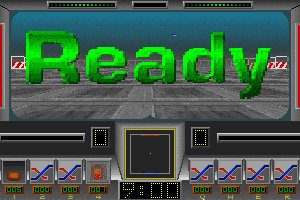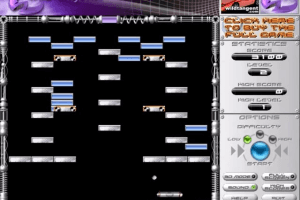

The problem was, Tonka itself had recently acquired Parker Brothers a few years earlier. In 1991, Hasbro came up like a Hungry Hungry Hippo and swallowed Tonka whole. “Nerf or Nothing? We’ll take EVERYTHING!” The package came with two blasters and four soft NERF balls. In 1989, the NERF BLAST-A-BALL became the first NERF blaster. It did so well that they started using the Nerf foam to product a whole slew of new products, most notably the Nerf football, and the Nerf Blast-A-Ball. You can’t hurt babies or old people.” The Nerf Ball went on to sell millions. It took to the shelves and had the hilarious advertising on the box: “Throw it indoors. They took his foam ball and dubbed it the Nerf Ball. Basically, they told Guyer it was Nerf or nothing.

didn’t think the games were worth anything, but they saw something in the foam ball itself. Guyer took his ideas to Milton Bradley, who he had success with Twister, but they shot down his ideas. The most popular of those games would be an idea for an indoor friendly type of volleyball. Reyn Guyer, the inventor of party game Twister, took his ideas (and his balls) around town to see if he could find a company to sign on and begin to manufacture and sell his foam ball party games. The original foam ball made of that “Nerf” material was originally supposed to be part of a game of volleyball. Today, for all intents and purposes, it truly is Nerf or Nothing. Since 1969 when the very first piece of Non- Expanding- Recreational- Foam hit the market, to 1989 when the first Nerf blaster was developed, to 2009 when the N-Force line of Nerf weaponry was created, to today where Nerf has a nearly complete and total dominance of the foam dart blaster industry.


 0 kommentar(er)
0 kommentar(er)
